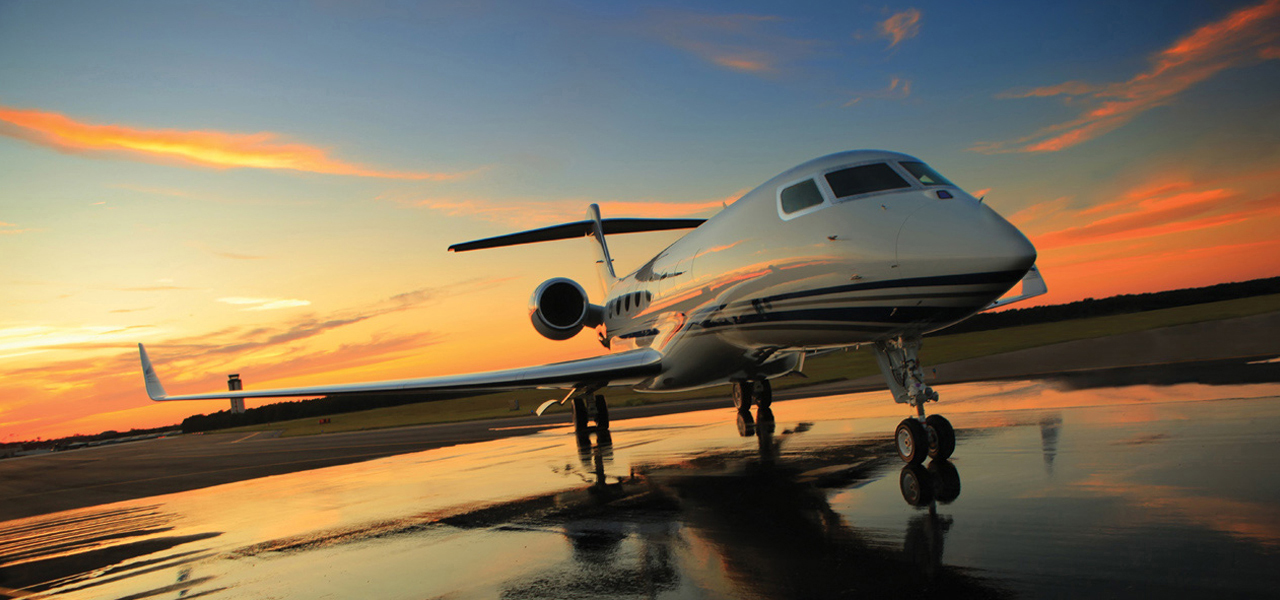


Boarding a flight on a rainy day? Here’s what you should and shouldn’t do to keep the panic attacks at bay.
Flying is safer than driving, says the stats, but do we actually care for the statistics when the flight in the air rumbles and tumbles through the monsoon skies? The next time your aircraft rattles, you should know what to do, so read on.
It’s Safe To Take Off While It’s Raining
Rainy or windy weather doesn’t imply your flight would be rough. Airliners follow strict protocols and rules about operations including taking off. If the conditions are dangerous, no ATC (air traffic controller) would clear a departure. Your flight might get delayed, but once it gets the signal to take-off be assured all is in good hands.
Flying Through Monsoon Means Bumps, Thuds, Lifts And Drops
A perfectly smooth ride is not something you can expect when flying through monsoon clouds. Some bumps, thuds, sudden drops or lifts are nothing unusual in such weathers.
The Aircraft Can Absorb Over 8 Times The Energy Carried By Lightning
It would be as less as once a year that an aircraft might be struck by lightning and even if that happens, the lightning would not char the aircraft. In the event of a strike, the energy does not affect the passengers or the aircraft electronics as the energy is dissipated through devices on the wings.
Aircraft Are Built To Withstand Extreme Pressure
The wings and cabin can withstand extreme pressure and the advanced avionics assist landing even in low visibility. So no, rough weather will not affect the plane.
The Crew Is Well-Trained To Handle Worst-Case Scenarios
A nervous passenger might think the crew is furiously trying to keep things under control, but the pilot might be just concerned about not spilling their tea or coffee. Turbulence is common and the cabin crew are ruthlessly trained to handle this and much more.
Safe Landing
The most challenging part of any flight, the landing distance and speed are adjusted accordingly to ensure the plane does not skid off.
What A Passenger Should Or Shouldn't Do
Written By:- Pallavi Jaisinghani